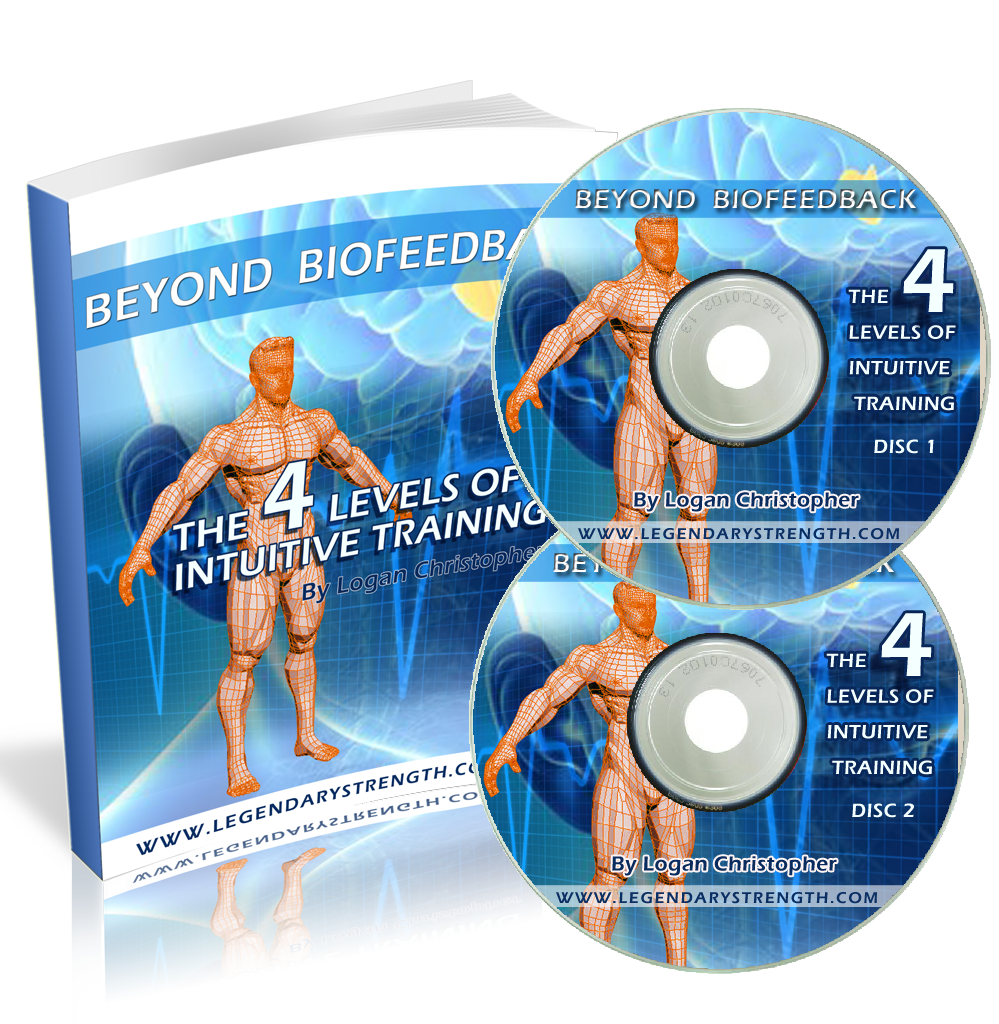This is a really important concept that I hope you ‘grok’.
What I see is so many people never achieve the strength or fitness they desire, because injury gets in the way.
Jeff, a new Strength Health Mind Power Inner Circle Member, wrote in saying:
“For me, right now, that is about pain relief (arthritis pain mostly in the morning), pain and injury prevention, and pursuing a comprehensive fitness program that meets my needs (joint mobility, flexibility, injury prevention, core strength, strength, adding lean body mass, losing fat, recovery, and energy.
“I started my strength training with the Kavadlo’s Get Strong program, and was progressing nicely, until I got tendon pain in my elbow while doing push ups, pull-ups/chin-ups, and handstands. I am reworking my program now and trying to find out more ways to make modifications BEFORE injury because that is a slow and ineffective way to learn that I need to modify what I am doing.
“I am 60, I have been pretty inconsistent with my fitness activities for the last 3 decades but I am in a place now where I can make them a priority.
I appreciate the massive amount of effort you have put into your materials and the great value as well. I am just trying to put things together in a long range plan and keep taking action but hopefully without injury because additional pain from injury does nothing but regress my training and deflate my energy.”
That’s why I’m not a big fan of programs…though I do like programming. (There is a difference!)
Even if you have a good program, as I’m sure Kavadlo’s is (though I haven’t looked specifically at what is in Get Strong), it can still break you.
A good program, any program, doesn’t take into account your body’s feedback as you work. It can’t.
When what is written on a piece of paper trumps the signals your body is giving you, pain and injuries can and will occur.
Here’s the key point that I want to highlight:
“I am reworking my program now and trying to find out more ways to make modifications BEFORE injury because that is a slow and ineffective way to learn that I need to modify what I am doing.”

You get injured…that’s feedback.
But as Jeff said, it’s not the most efficient feedback.
Hopefully when an injury comes, you stop doing the thing that caused it. Though I know sometimes the thick-skulled keep on going! (I’ve been there before. I think we all have. It’s called being young and stupid.)
Pain typically comes before injury, as long as it’s not an impact injury.
This is another step of feedback you want to pay attention too.
An example. Early on when I was first bending 60D nails, I was showing everyone. As I showed the next person then the next, my elbows and forearms were on fire. Only after it kept building…and yet I did it five more times…did I finally think I should probably stop. And then I had to wait weeks for the inflammation to heal up. Had I kept going, it would have extended that even further.
But still, pain is another late, non-efficient form of feedback.
What comes before it?
There are other signals…tension, sensation, burning, slowness, clunkiness…that will tell you before you get to pain or injury.
But you have to pay attention to them.
And to do that you have to know HOW to pay attention to them.
No one really talks about this stuff. But it’s important. Beyond Biofeedback, which comes in month four of the Inner Circle, walks you through how to ‘listen to your body’ so that you know when to not do things before pain and injury comes.
It’s not an easy concept to grasp. But once you get it it will pay off dividends for the rest of your life.



